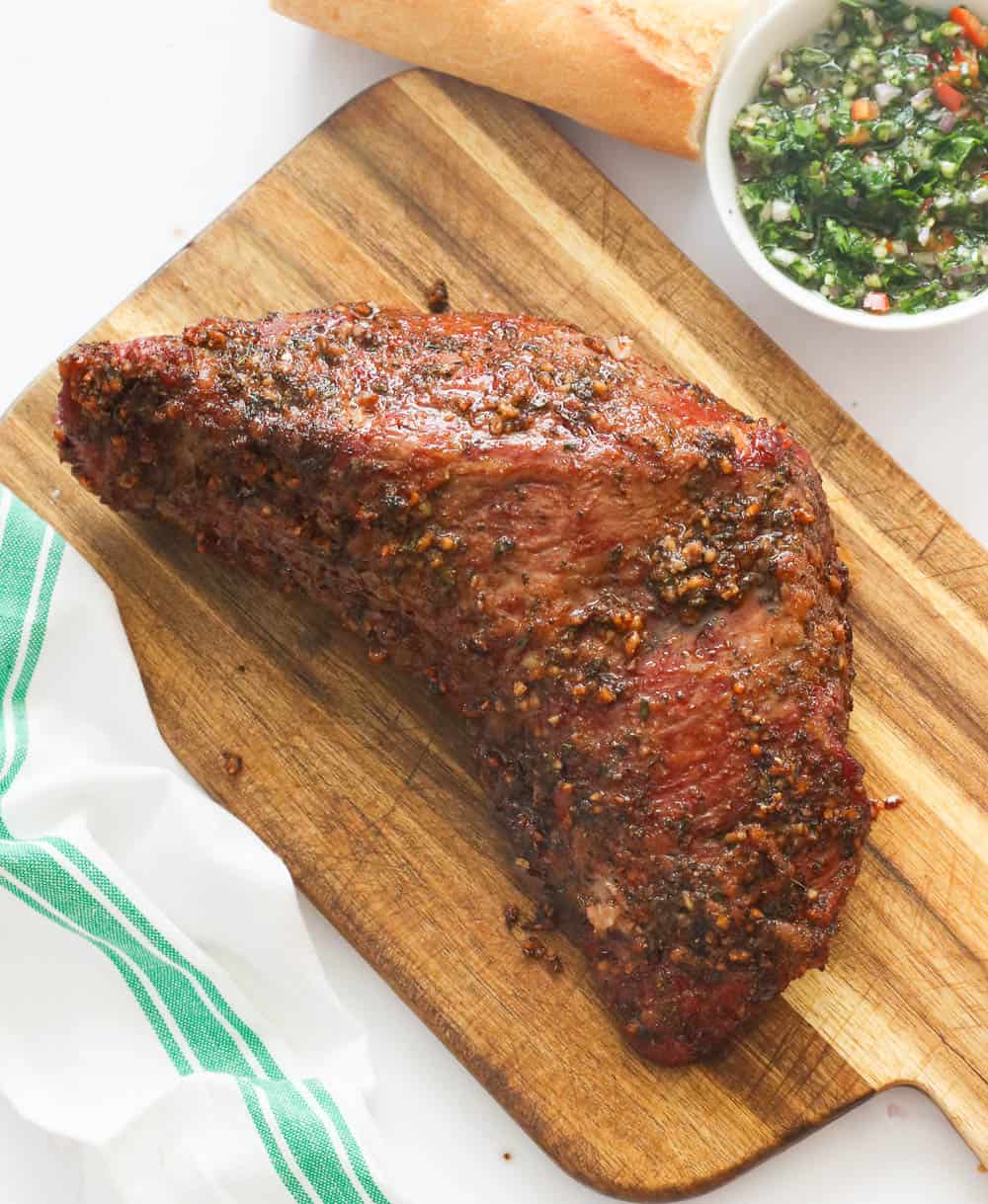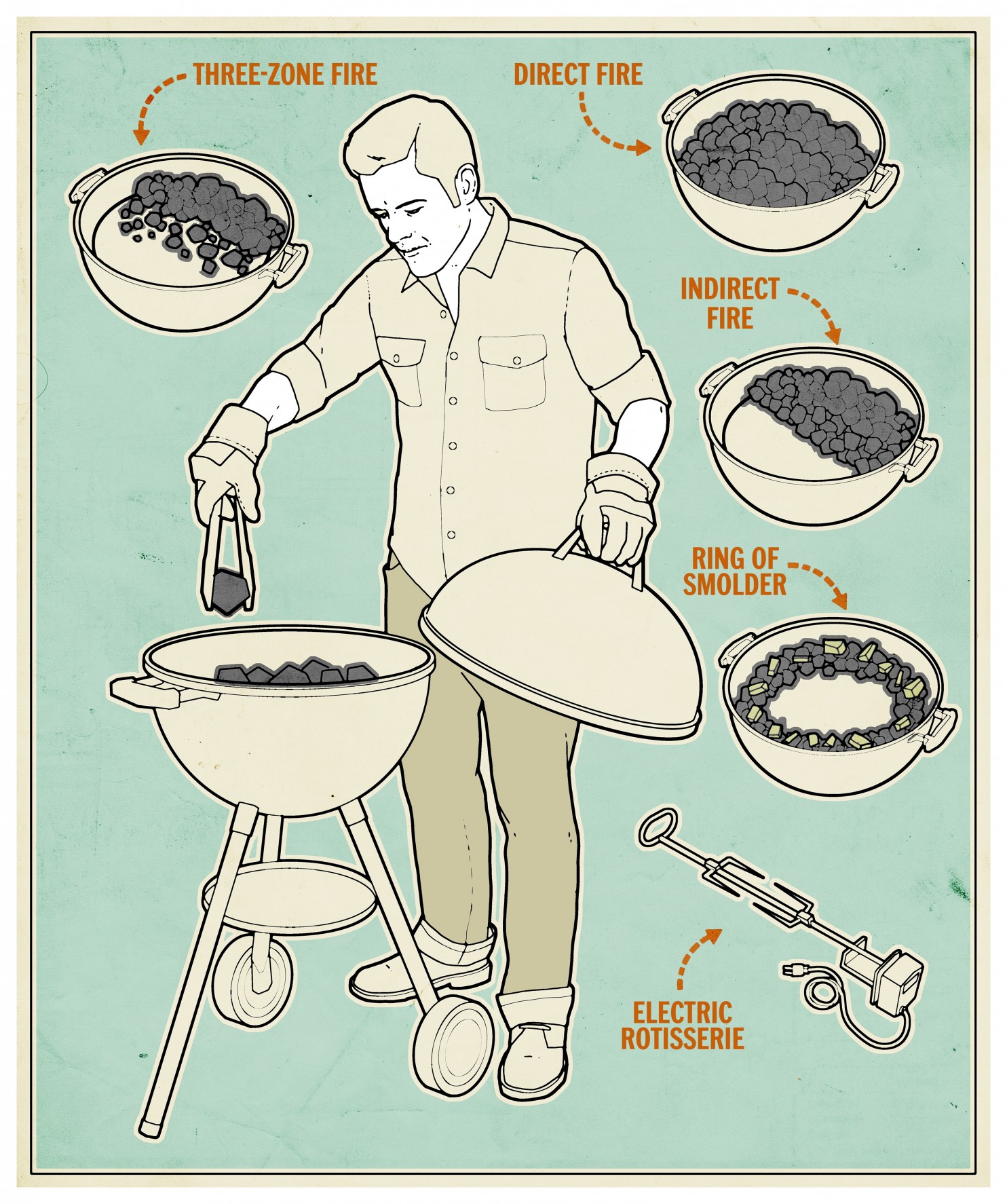
Because of its full fat level and burnt finish, the Brisket Point is the most desired part of the brisket. The fat portion of the brisket is left behind, so the thin parts are removed. The rest of the biftka should still be rectangular. The remaining piece of brisket is sliced thinly and served with a sauce or on a bun.
The brisket should be cut in two pieces. The fattier side of the brisket should be placed on the flat. These two sides meet at the fat seam known as the "nose" or brisket. To separate the flat and the point of brisket, you should cut down into the fat seam. You can then separate the thin point meat from the flat. This step will result in a perfect, buttery, moist piece of brisket.

The brisket point is different from the flat part. The fat portion is called the point. You should cut the brisket along the seam between flat and point. It will be much easier to separate the flat from the point if the meat is cut on one side. A thermometer should be kept nearby in order to monitor the cooking process. This will ensure that the point is done before the flat portion.
The point end of brisket should be cut in a different way than the flat. The point has a narrow vertical separation between the two muscles. You can reduce smoking time and enhance the flavor by dividing the meat in two. If you slice the brisket into smaller portions, it exposes more surface area and makes the smoky flavor stronger. The flat portion will not be as moist and tender as the point.
To prepare a brisket, you must first cut off the tip. You may find the point slightly larger than what you see on the flat side. The fat cap can be difficult to remove. You should first remove the fat from the flat. Before you season your brisket with seasoning, remove the fat caps. Once you've separated the flat and fatty portions, you can remove the remaining meat.

A brisket points should be kept moist and lean when cooking. A lean cut will be more tender and delicious than one that is fattier. You can use it in the same manner as a flat cut. Additionally, the brisket point will contain less fat than a flat cut. After you cut off the point, you should remove the fat from the brisket.
FAQ
How long does cooking take? How much time do I need?
It depends on what kind of skill level you are trying to achieve. Some people are able to learn basic cooking skills in a matter of days. Some people take months to learn how to cook. Others may need to wait for years.
There are many factors that affect the time required to learn how cook. An example: Someone who has never cooked before may need more time than someone who makes regular meals. You may also need more experience with certain types of cooking than others. For instance, baking requires more knowledge than frying.
Focusing on a particular technique is the best way to speed up your cooking skills. You can then move on to the next technique once you have mastered it. It doesn't matter how long it takes to master a particular technique. Just keep practicing and enjoy the process.
Do I need any special equipment to cook?
It doesn't take any special equipment or tools to learn to cook. However, the right tools can make it easier to cook. For example, a knife could be used for pasta making or a whisk would be better than a hand mixer for whipping egg whites to stiff peaks. Having the right tools makes cooking less intimidating and allows you to start faster.
Can I learn how to cook together with my children?
Yes! Kids love to help in the kitchen. It's fun and teaches kids responsibility as well as teamwork. You can have your children help you with everything, from washing vegetables to cutting onions. Children will love helping to cook if they are taught safe knife handling techniques.
What ingredients do I need to purchase to cook?
You don't have to buy all ingredients. Many grocery stores carry pre-made sauces and items that can be used as substitutes. Premade meals are an option if you're looking for a way to save some money.
How can I get hired to be a chef?
A culinary arts degree is the first step to a career as a chef. You can then join a professional group such as ACF. This association offers certification exams as well as networking opportunities.
What Are the Requirements To Be a Chef?
To become a chef, you must have a bachelor's degree in culinary arts. A series of tests administered to you by the ACF will also be required. A certificate will verify your qualifications once you have met all of these requirements.
Statistics
- According to the BLS, chefs earn $58,740 a year. (learnhowtobecome.org)
- The median pay for a chef or head cook is $53,380 per year or $25.66/hour, according to the U.S. Bureau of Labor Statistics (BLS). (learnhowtobecome.org)
- under 10 Kids have been taught that there is special food just for them, and Fiese says that 10 percent of kids will throw a tantrum if they don't get the food they want. (washingtonpost.com)
External Links
How To
How to cook a Steak
The thickness of the meat determines the best cooking method. Thicker steaks should be cooked over low heat. Thicker steaks will need to cook at higher temperatures.
Also, don't cook them too long as it will cause loss of flavor. You should always remove the steak from the skillet when it's done. This will prevent you from burning yourself.
Cooking time will depend on the size of your steak and the desired level of doneness. Here are some guidelines to help you get started:
Medium Rare: Cook till medium rare. This is when the internal temperature of the food reaches 145°F (63°C). This should take between 3 and 5 min per side.
Medium: Cook till medium. This usually takes about 6 minutes per side.
When done well, cook until the internal temperatures reach 180°F (82°C). This can take between 8-12 minutes per side.